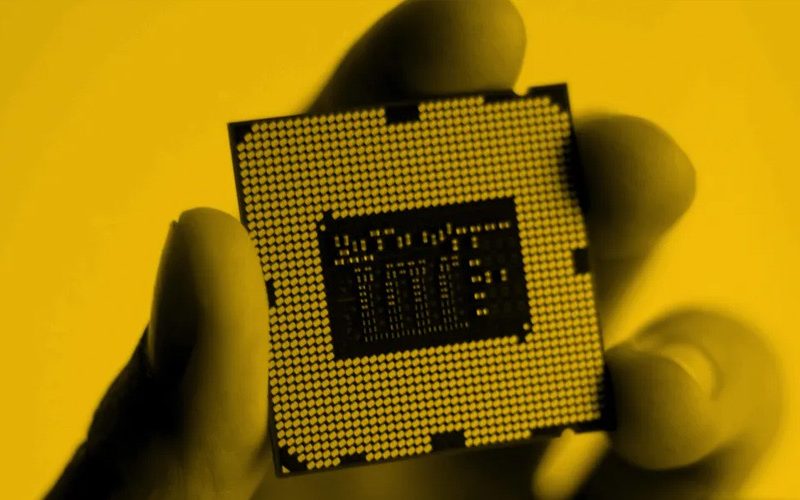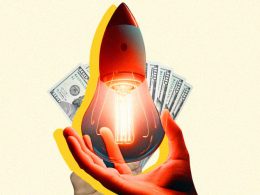The US Senate approves a bill to increase chip production and challenge China’s hegemony.
The name of America’s most well-known tech region, Silicon Valley, is inscribed with the country’s history as the world’s dominant force in the semiconductor sector. But over the years, the process of making silicon wafers into microchips has developed into a genuinely international endeavor. American businesses continue to lead the industry in device design. However, Taiwan, South Korea, and increasingly China manufacture the most important machinery for their production.
A plan to strengthen America’s position in the semiconductor industry and attract more microchip manufacturing back to the nation will be signed into law by President Joe Biden in the coming days. Whether or not the law succeeds, it is the most obvious illustration yet of the more assertive industrial policy that is currently popular in America. Its official name is the Chips and Science Act, and it had a difficult time getting through Congress. It was initially put forth in 2020, while Donald Trump was still in office. As America’s answer to the challenge posed by an aggressive Chinese state determined to dominate the industries of the future, it eventually grew into a much larger piece of legislation. The centerpiece of the measure in its final form is $52 billion in subsidies and incentives to expand semiconductor manufacturing capacity in the United States. The majority of the more than $200 billion that is still available will be used for more general scientific research, with an emphasis on cutting-edge areas like fusion energy and artificial intelligence. High-tech projects that are ambitious are frequently referred to as “moonshots.” At least financially, it makes perfect sense in this situation. According to Indiana University Bloomington’s Sarah BauerleDanzman, the research-and-development funding provided by the act somewhat outpaces the sums of investment in Project Apollo, the 1960s spaceflight effort that eventually resulted in the first humans landing on the moon. However, some disagree that the chips Act will have a comparable wide-ranging effect. The largest sum of money, almost $39 billion, would be used to create and improve semiconductor production facilities in America. However, there is a reason why such production has shifted to other nations over the years: because of its higher labor costs, America has an advantage in more complex supply chain components like design software and basic research. The majority of the world’s cutting-edge chips are produced by the Taiwanese business TSMC, whose founder, Morris Chang, called the American push “a foolish, expensive exercise in futility.” There is discontent within the American industry that the majority of the money will go to more established manufacturers, particularly Intel, rather than firms like Qualcomm and Nvidia that design their chips but outsource the manufacturing to partners. The act’s supporters are more practical and hopeful, in their opinion. They contend that, if properly handled, the sizable new financing for scientific research may produce many discoveries. However, they also agree that America will never regain its preeminence in the production of semiconductors. Instead, the objective is to increase domestic assembly as a safeguard against over-dependence on imports. Dispersed global production networks are viewed as a problem since semiconductors are crucial to everything that contains electronics, from refrigerators to smartphones, cars, and sophisticated warfare systems. This way of thinking is not unique to America. A new rule that aspires to attract public and private investment of up to $50 billion in semiconductor research and production was suggested by the European Commission, the executive branch of the EU, in February. China, on the other hand, is thought to have already an investment and incentives of $150 billion in its sector.
Despite being whipped against it at the last minute by their leadership, who were pissed enough that the Democrats had sprung an unanticipated tax and spending bill on them, 24 Republicans voted in favor of the bill in the House. In the end, it was China’s anxiety as much as the sight of America’s allies buying semiconductors that helped focus minds in Congress. According to Gina Raimondo, the U.S. commerce secretary, “France, Germany, Singapore, Japan: all of these other countries are offering incentives for chip makers to build there.” “We cannot continue to be in such a precarious situation. We must be capable of defending ourselves”, he says.







